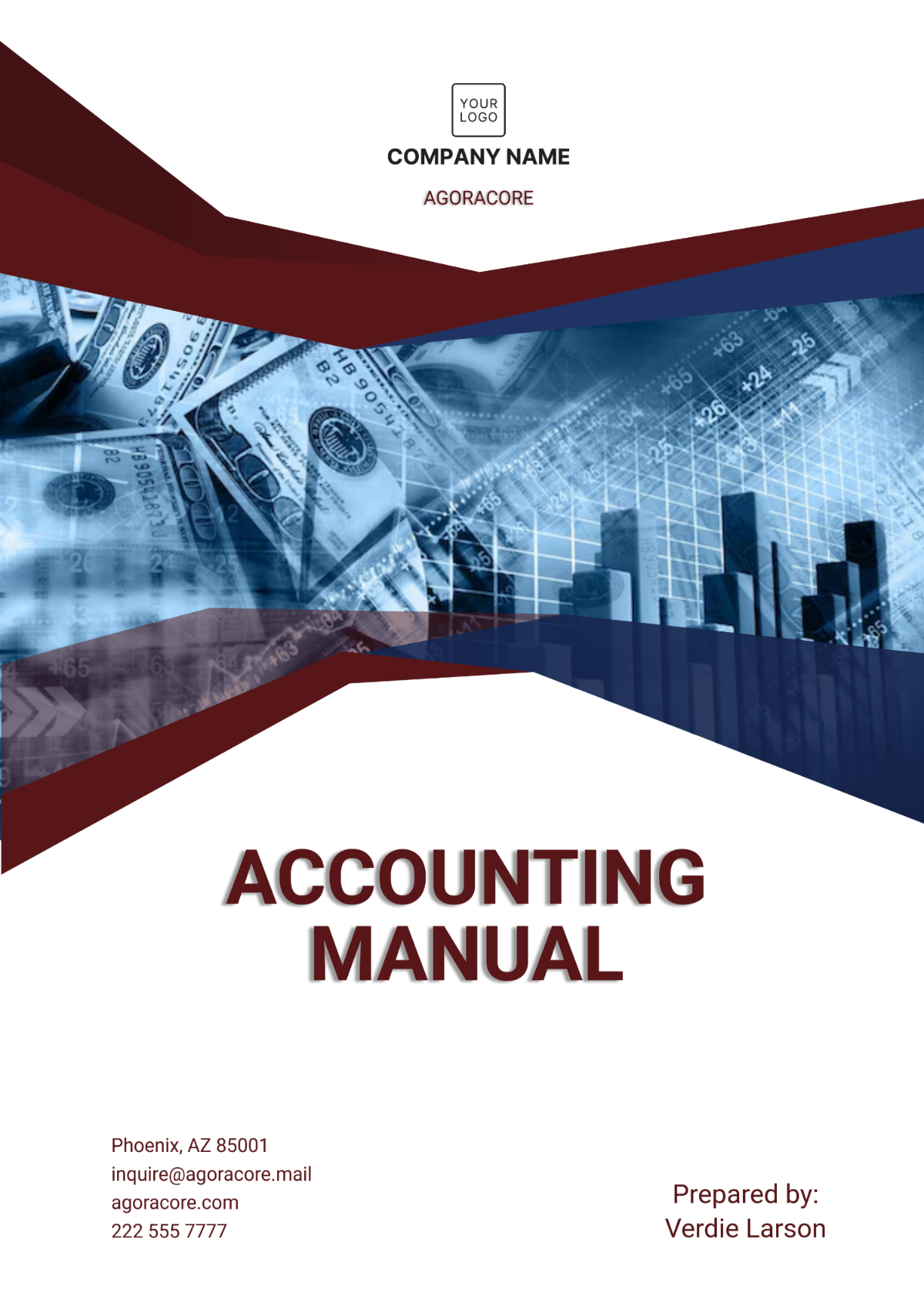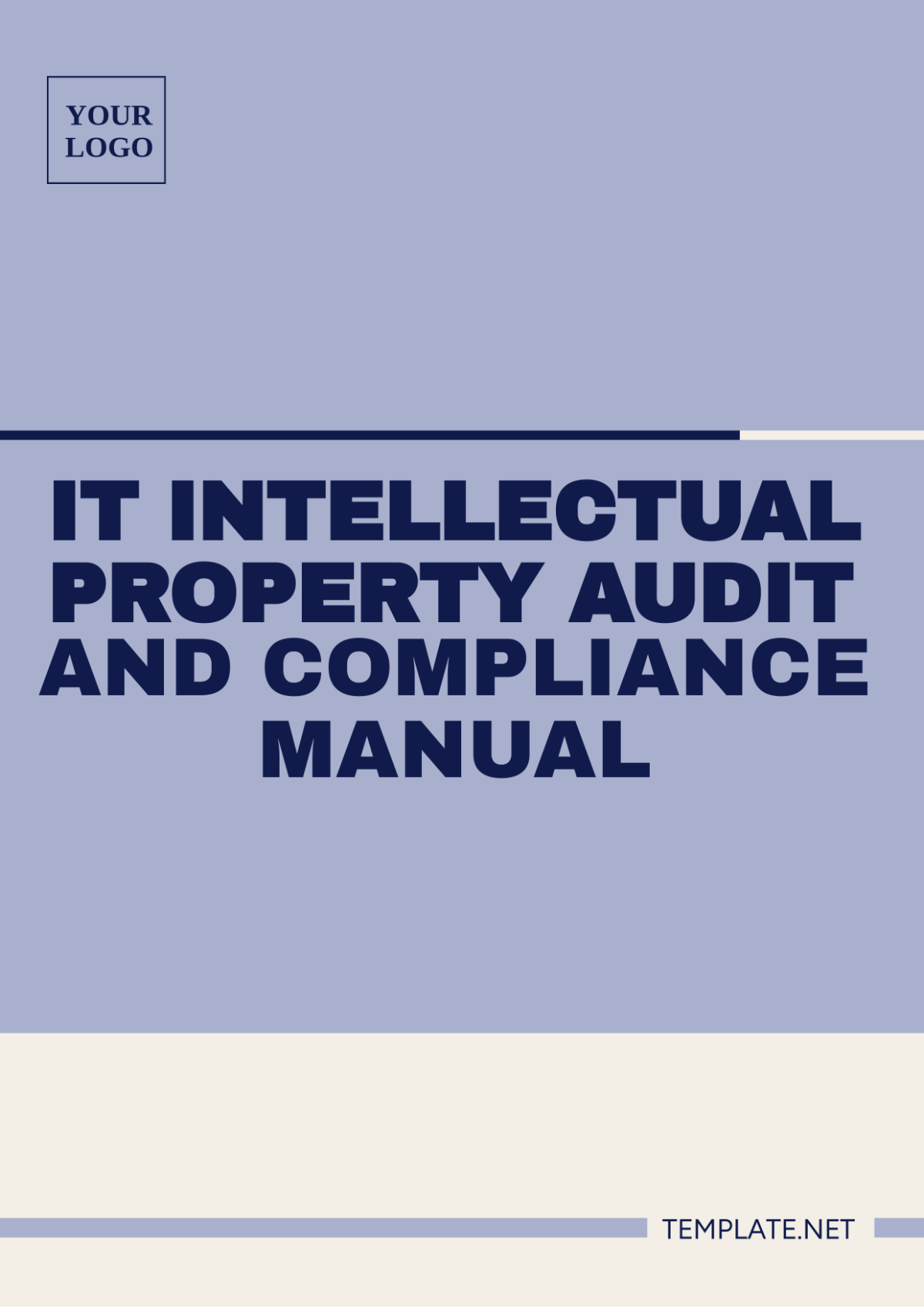Free Internal Audit Accounting Risk Management Manual
Strengthen your risk management framework with the Internal Audit Accounting Risk Management Manual Template from Template.net. This editable and customizable manual is your guide to identifying, assessing, and mitigating financial and operational risks. Editable in our AI Editor tool, it ensures your risk management strategies are tailored to your organization's specific needs. Ideal for internal auditors.






























